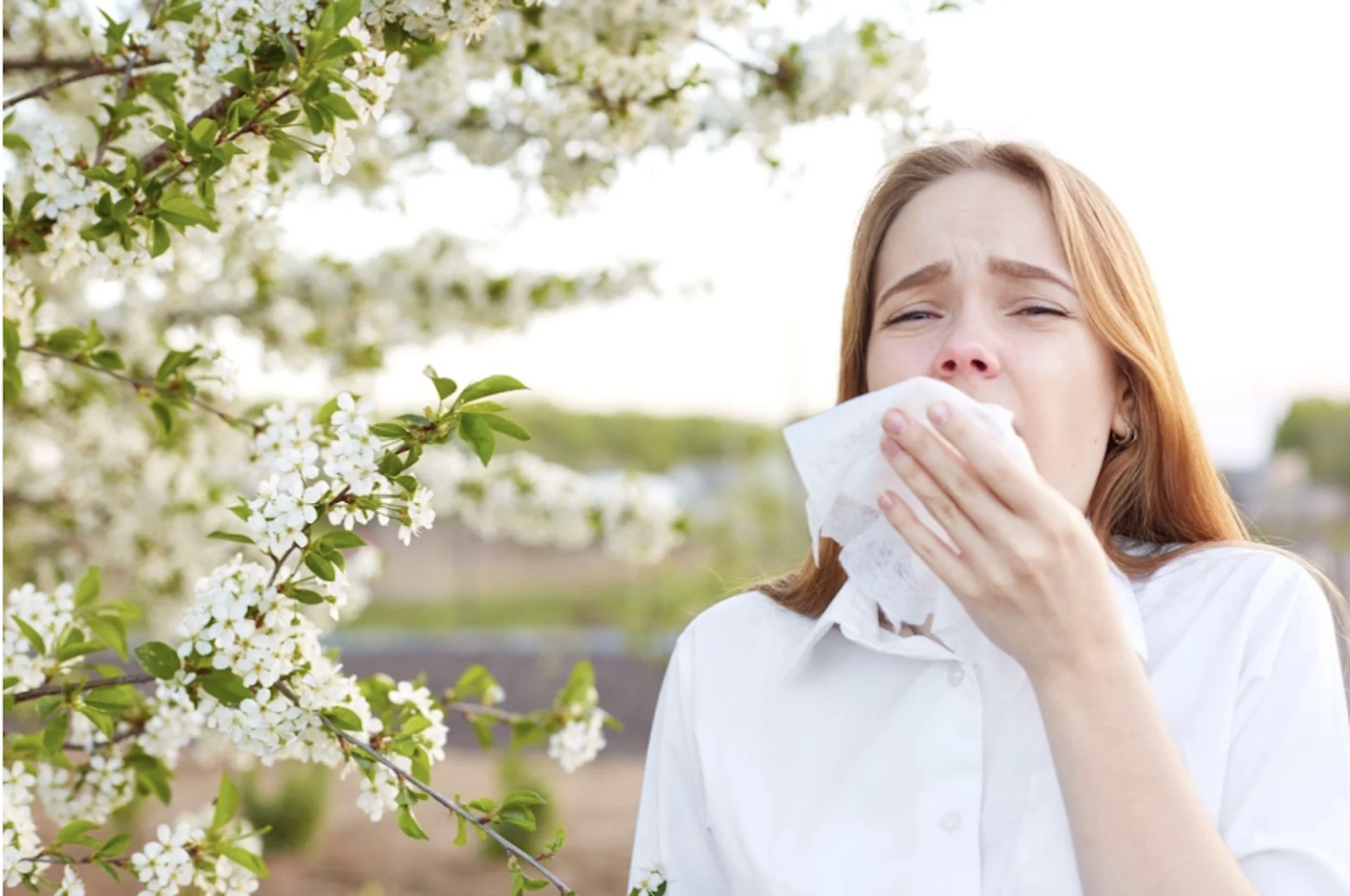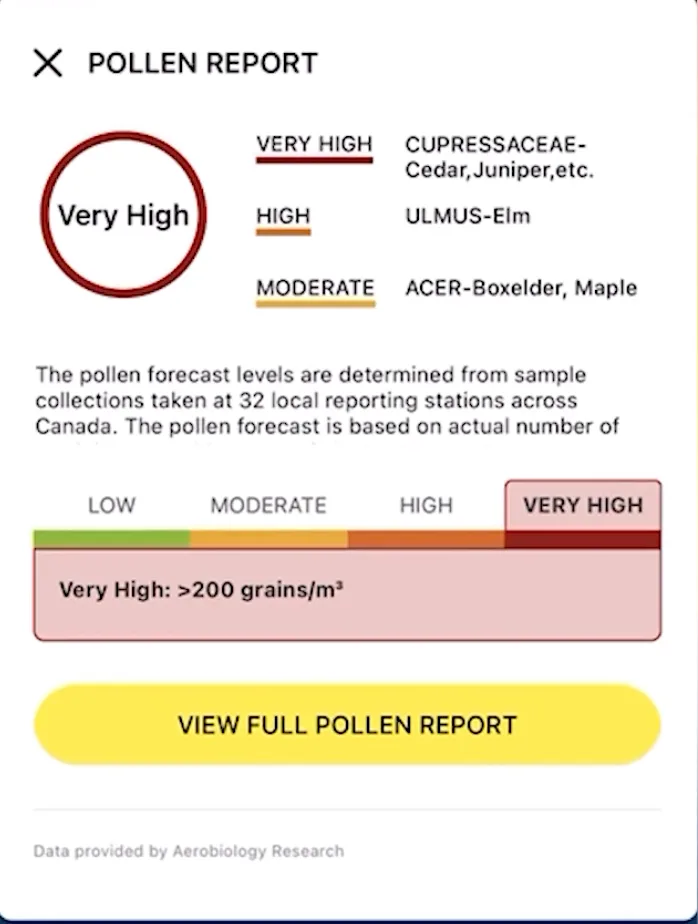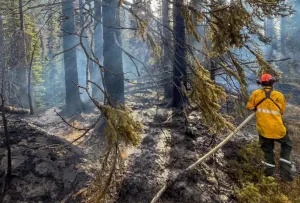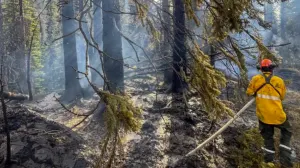
Canada's spring allergy season is underway. Top triggers to watch for
Aerobiology Research Laboratories has released its pollen forecast for Spring 2024. Here are some triggers to watch out for.
Spring has arrived, bringing with it the disappearance of snow, warmer temperatures, and the delightful sound of birds singing under longer daylight hours. However, for those affected by allergies, this change also signals the onset of itchy, watery eyes and relentless sneezing, with noses vacillating between congestion and incessant running. Allergy sufferers may find themselves reaching for tissues incessantly, as they grapple with these symptoms.
Allergies can be triggered by various factors depending on the time of year, leading to seasonal allergies that come and go, while environmental allergies persist year-round.
One of the biggest culprits in spring, however, is pollen. According to Daniel Coates, Director at Aerobiology Research Laboratories—an innovative provider of scientific aeroallergen data across Canada—some of the big ones that are here or coming are: birch, alder, oak, mulberry and pine.

Forecasters have already tracked some of the highest pollen levels seen in five to six years across British Columbia.
"What we do is we monitor the daylight and sunlight hours, and that is really one of the signs as to when pollen season is going to start," says Coates.
Pollen loves heat - and that's the sign to release. Pine is the only pollen you can see with the naked eye.
"With the warm weather, you are going to start seeing the pollen," explains Coates. "Within a day or so of pollen being released, depending on how sensitive you are, as soon as you start feeling that heat you may start feeling that pollen. So, that's when you are going to start your medication or checking The Weather Network's pollen forecasts so you can make changes in your daily habits to minimize the effects of pollen on your daily health."

Daily pollen forecasts can be found on The Weather Network's app and website. Look for the Pollen Report on your city page!
About 20 to 25 per cent of the Canadian population suffers from seasonal allergies, according to Asthma Canada. Each year, different triggers will be more dominant. The bloom begins first in western Canada, but it won't be long before the sneezing and sniffling will echo across the country.
WATCH: Why those big puffs of pollen that kill our allergies happen
Pollen avoidance strategies
One of the best ways to avoid pollen is to check the pollen forecast on The Weather Network, and avoid exposure to those allergens.
Stay indoors on dry, windy days. Pollen counts are lowest after rain, which helps clear it from the air.
Skip the chores. Coates suggests allergy sufferers delegate lawn mowing, weed pulling, and other gardening chores that stir up pollen to people who don't have sensitivities.
Take a shower to rinse pollen from your skin and hair after spending time outside, and put on clean clothes.
Wear a face mask when doing outside chores on high pollen days.
Keep windows and doors closed on high pollen days.
Wraparound or oversized sunglasses can reduce pollen contact with the eyes.
Keep the windows and sunroof closed when in your car.
Invest in a HEPA air purifier and regularly maintain it.
Allergy must-reads:
A simple diet swap may save you during allergy season, here's how
Mild winter to blame for early pollen release in southern Ontario
With files from The Weather Network video journalist and content creator Rachel Schoutsen and digital journalist Cheryl Santa Maria.
Header image courtesy of Getty Images










